This year is shaping up a lot to be like the year 2005. If you recall, it was then that both Proton and Perodua decided to launch small hatchbacks, and despite the two cars not being in the same segment, comparisons were unavoidably made between the two.
The Proton Savvy was a smaller A-segment car, while the larger B-segment Perodua Myvi became a runaway success for Perodua, so much that the automaker now even exports the Myvi to Indonesia with a Daihatsu badge (it’s known as the Sirion there).
The year 2014 is turning out to be another entry-level hatchback year, with the same two protagonists at it again. Proton and Perodua are set to launch small hatchbacks before the year is out, and the segments are reversed this time – Proton’s GSC compact car is a B-segment car which is supposed to take on the Myvi, while the Perodua Axia is an A-segment replacement for the Perodua Viva.
But there is a third, less-known model in the mix too, actually – the Great Wall M4. It’s also B-segment sized, more of a Myvi competitor given that, but it has a unique selling point, which is a higher ride height and crossover styling.
Although the Axia is now open for booking and we’ve seen the M4’s pricelist, none of these three cars have actually been officially launched yet. Let’s do a recap on these three small-sized offerings.
Perodua Axia
Perodua has announced that the Perodua Axia will be open for booking tomorrow, with a booking fee of between RM250 to RM300 depending on variant. The cheapest variant is the Axia Standard E, which goes for RM24,900 (solid colour) in Peninsular Malaysia. There are a total of four variants – the other three being Standard G, Special Edition and Advance.
We do know that at least one variant of the Axia will come with Perodua’s new all-aluminium 1.0 litre engine, codenamed the 1KR. The question is whether the RM24,900 variant will get it or not. Compared to the Viva’s 1.0 litre cast iron engine, it’s a lot lighter, has a longer stroke, but omits DVVT variable valve timing. The same 997 cc three-cylinder engine, the D26F-1KR-DE, is found in Indonesia’s Daihatsu Ayla and Toyota Agya promises a fuel consumption of 20-22 km per litre.
We don’t have any official dimensions of the Axia for now other than its boot space, which is said to be 260 litres. However, we can take some hints from the dimensions of the Daihatsu Ayla that it is based on.
The Ayla measures 3,580 mm long, 1,600 mm wide and 1,510 mm tall, with a 2,450mm wheelbase. This is longer and wider compared to the Viva (3,575 mm long, 1,47 5mm wide), with a 60 mm longer wheelbase as well, which should translate to a larger interior.
As for safety features, it’s been a case of maximum two airbags and ABS regardless of model now. With even the range-topping Alza not featuring stability control or more than two airbags, we don’t expect the Axia to come with anything of that sort.
Proton P2-30A GSC Compact Car
Proton’s new model for this year, the P2-30A GSC Compact Car, is a B-segment model, which means it will compete with cars like the Myvi and the Honda Jazz. It would also be logical to assume that this car’s platform and engine will eventually be used to develop the next-generation Proton Saga.
No official details have been released by Proton about its GSC as yet, other than the fact that it’s due this year. The automaker has released a single teaser of the car’s front grille and headlamp design, which we now know features projector lenses on at least one variant.
We’ve seen at least three variants on test – a base model with multi-spoke design wheel covers, a mid-range version with six-spoke alloy wheels and a range-topper with all-around bodykit and (what appears to be) larger 10-spoke wheels.
We’ve also had a peek at the GSC’s interior thanks to overseas spyshots when the car was undergoing cold weather and stability control testing – it reveals one variant with fabric seats and a conventional head-unit, and another with leather upholstery and a touch-screen media system.
The car may not be bargain basement cheap though, if the indicators about Proton changing its strategy from being a maker of cheap cars to a world-class carmaker are right. “Now Proton wants to produce cars which are of world standard, but you have to pay a higher price. You can’t have a good car and pay a bad car price,” Proton chairman Tun Dr Mahathir Mohamad was quoted as saying in May this year.
To be competitive, we’re expecting the new Proton to be priced around the region of the Perodua Myvi, which starts from RM40k for the cheapest 1.3 XT manual variant up to RM60k for the 1.5 Extreme automatic. The Proton will have a safety advantage – our spyshots have confirmed that the car will be available with the vital ESP stability control feature. It would also be nice if it could be offered with six airbags (like the Preve and Suprima S) on the higher end variants.
Great Wall M4
The Great Wall M4 is an interesting proposition. Great Wall is a Chinese brand that’s distributed by Green Oranges in the country – Go Auto Manufacturing, which was the first company to obtain an energy efficient vehicle (EEV) manufacturing licence from the government under NAP 2014, will build the M4 locally at its plant in Gurun, Kedah.
First announced back in January, it’s not had an official launch yet, but the right-hand drive version was previewed in July, with a complete price list for all six variants appearing in earlier this month.
Pricing with insurance starts from RM46,990 for the Standard to RM56,990 for the Premium in five-speed manual form, while the six-speed auto versions start from RM48,990 for the Standard right up to RM59,990 for the Premium.
These prices are aimed squarely at the Perodua Myvi, which is why we say Proton should be following the same formula. All variants are powered by a 1.5 litre engine with variable valve timing, offering 105 hp at 6,000 rpm and 138 Nm at 4,200 rpm.
The Great Wall M4 measures in at 3,961 mm long, 1,728 mm wide and 1,617 mm tall, with a 2,383 mm-long wheelbase and 185 mm ground clearance. As a comparison, the Myvi is 3,686mm long, 1,665mm wide and 1,545 mm tall, with a 2,440 mm wheelbase. So the M4 is longer, wider and taller than the Myvi, but has a shorter wheelbase.
Standard equipment across the line-up includes four disc brakes, ABS and EBD with brake assist, powered windows all-around, steering wheel audio controls, manual four-way adjustment front seats, dual airbags and front/rear foglamps. When the CKD auto variants arrive, they will feature ESP stability control in the mix.
Which one would you be interested to buy?
With so many entry level hatchbacks launching this year, which one you would buy if you happen to be in the market for one? Let us know in the voting poll below.
[polldaddy poll=8245047]
Looking to sell your car? Sell it with Carro.



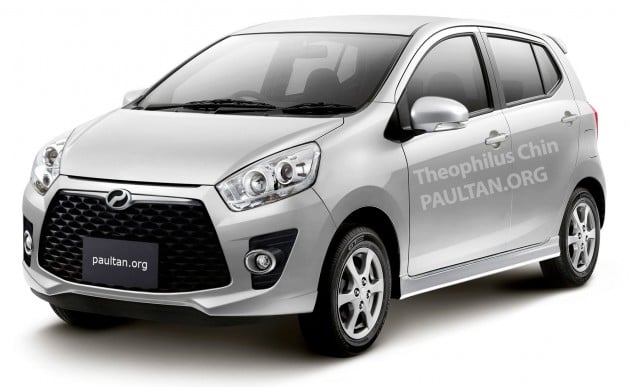


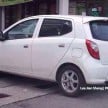
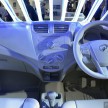

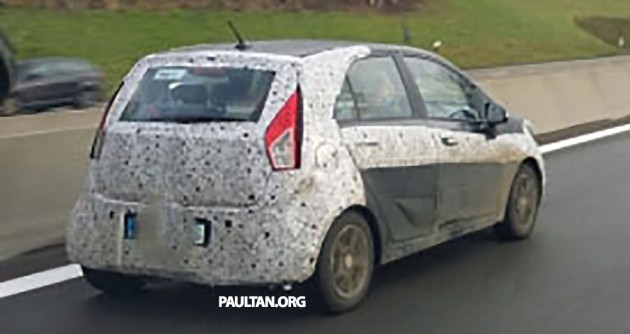


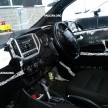
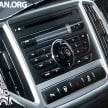
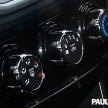
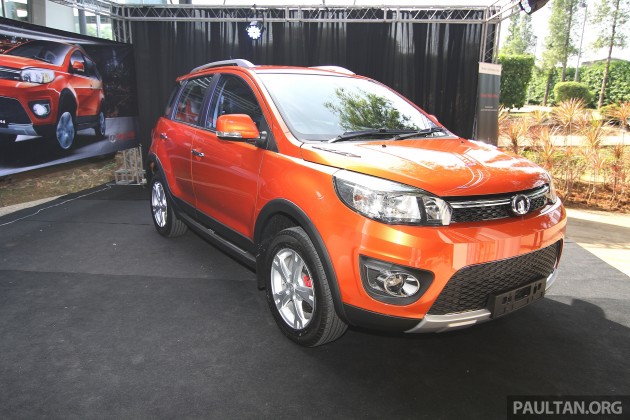
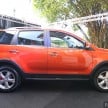
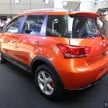
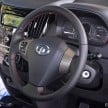
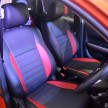
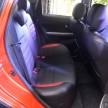
















AI-generated Summary ✨
The comments reflect a mix of curiosity and scepticism about the Proton GSC, with some expressing confidence in its safety features and design, while others are concerned about durability and quality issues. Many commenters compare it to Perodua Axia and Great Wall M4, debating safety, space, and value for money, with some favoring Proton’s safety standards and others criticizing Chinese automakers’ build quality. There’s awareness of Proton’s collaboration with Geely, and some comments indicate that GSC is still in testing or pre-launch stages. Overall, the sentiment shows anticipation, hope for Proton’s improvement, and skepticism, especially regarding safety, build quality, and pricing. Many urge potential buyers to personally test drive and review before forming conclusions, while some express patriotic support for local brands.